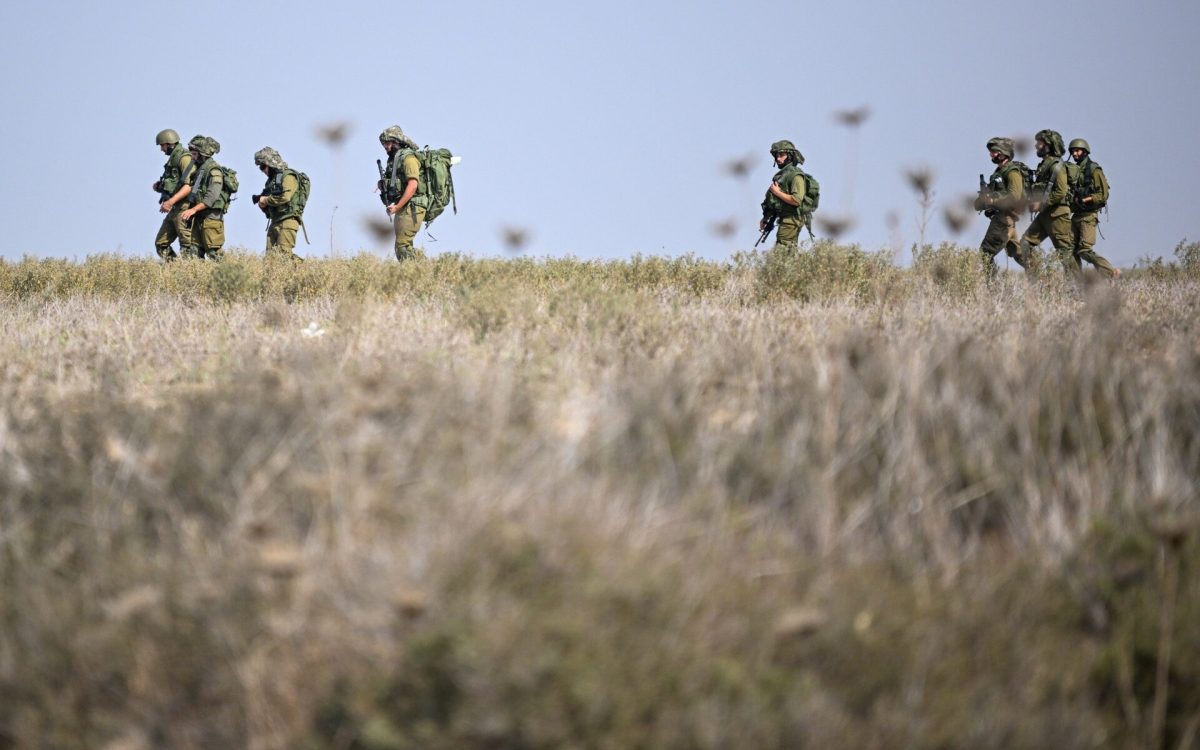“There is something frustrating in all these operations. This is like a Sisyphus complex that pushes a rock to the top of the mountain and then it rolls back down,” Giora Eiland, a retired major general, told Israel’s Channel 13.
“Hamas’s ability to rise again is high. After our withdrawal from a neighborhood for several days or week, they (Hamas’s fighters) resume their activity in that area anew,” he added.
Former head of the army’s operations directorate Israel Ziv also criticized the performance of the Israeli army in Gaza.
“There is no one major victory and there is still no military decisiveness. Rafah will join the list of those areas, such as Shuja’iya and other neighborhoods, where the army had to enter once again to consolidate its achievements.”
“We thought that Rafah, as a lever of pressure, would lead to a deal to release the captives, but the military pressure we had planned did not bring about a deal, at least not yet,” Ziv told Israel’s Channel 12.
He pointed out that Israel is at a standstill in Gaza while there is a major escalation in the north that could lead to war, warning that Hezbollah’s missiles and projectiles pose a real threat to Israel and that the Iranians, the group’s ally, would not stand idly by.
Lieutenant colonel Ivri Elbaz, commander of the Israeli 12th Brigade, stated that dismantling Hamas’ military capabilities in the southern Gaza city of Rafah could take at least two more years.
Elbaz reportedly emphasized the complexity of the mission to eliminate the Hamas military wing, the Al-Qassam Brigades, describing it as challenging and requiring sustained military pressure over time.
He noted that Hamas conducts guerrilla warfare in Rafah through decentralized groups, which adds to the difficulty of the operations.
In mid-June, Israeli army spokesman Daniel Hagari said in an interview with Israel’s Channel 13 that “whoever thinks it is possible to destroy Hamas is mistaken”.
In late May, US intelligence sources told Politico only 30 to 35 percent of Hamas fighters have been killed after months of Israel’s military operations against the Palestinian group in the Gaza Strip.
According to Politico, the majority of fighters who were members of the Palestinian movement prior to the October 7 attack are still alive.
In addition, around 65 percent of Hamas’ tunnel infrastructure remains intact, Politico’s sources stated, and thousands of new members are said to have been recruited to the group in recent months.
Israel has been carrying out heavy bombardment across the Gaza Strip since early October 2023.
Nearly 37,800 Palestinians have been killed and nearly the entire population has been displaced. Almost 86,800 people have also been wounded, according to health officials.
The figures exclude tens of thousands of dead who are believed to be buried in the bombed-out ruins of homes, shops, shelters, and other buildings.
The military campaign has turned much of the enclave of 2.3 million people into ruins, leaving most civilians homeless and at risk of famine.
